Anisotropic Goal-oriented mesh adaptation for aerodynamics using functional derivative with respect to nodal coordinates
Please login to view abstract download link
In recent years, Computational Fluid Dynamics (CFD) has become increasingly widespread, establishing itself as a critical tool in research and design. This growth is driven by two key factors: advancements in numerical methods and the rising computational power that enables large-scale simulations. The increase in computational resources allows for finer meshes, which enhance both the geometric fidelity of solid objects (such as meshes incorporating technological effects) and the resolution of the fluid domain. This raises two fundamental questions: where are the physical phenomena we aim to capture, and how can they be described with sufficient accuracy? A common approach is to rely on "best-practice meshes", whose densities are validated by experts for specific configurations. However, this strategy can be compromised and is generally not specialized according to the purpose of the calculation. An alternative strategy involves mesh adaptation, which iteratively refines a coarse mesh in regions of interest. Among the various mesh adaptation techniques, this work focuses on goal-oriented adaptation. Originally developed for shape optimization, the adjoint method has also proven effective for mesh refinement. Its primary aim is to compute a specific quantity of interest (QoI) of the flow. The method we are interested in uses the total derivative of a QoI with respect to the nodes of the volume mesh X, that is an output of the so-called discrete adjoint method. This study implements a goal-oriented mesh adaptation method based on the total derivative of for both isotropic (see Figure 1 and Figure 2) and anisotropic refinement. The methodology is applied using the elsA software within the framework of cell-centered numerical schemes. The objective is to evaluate the impact of the method in isotropic remeshing scenarios and compare it with anisotropic remeshing. A key challenge lies in transforming the gradient vector into a metric tensor that aligns with the vector’s reference frame rather than the original mesh framework. Through this investigation, we aim to provide insights into the benefits and limitations of isotropic versus anisotropic mesh adaptation for achieving accurate and efficient CFD simulations.

